Banyuwangi Airport: Five Interesting Facts About This Unique Getaway To Eastern Java
Banyuwangi Airport (IATA: BWX, ICAO: WADY) is located in Blimbingsari village in Banyuwangi regency, East Java, Indonesia. It functions as a vital gateway to the eastern part of Java as well as the western region of Bali.
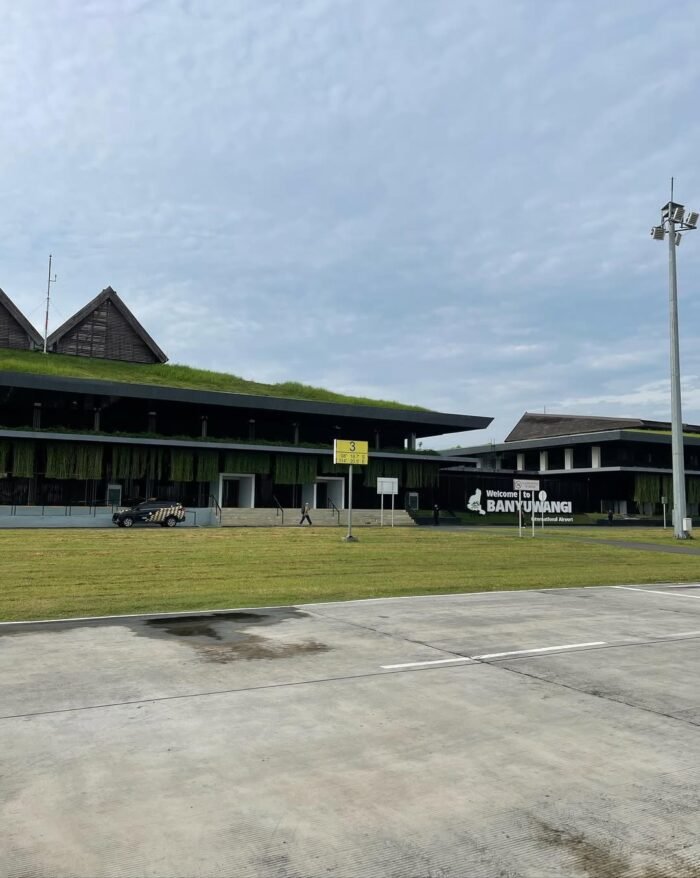
Instagram.com @diah.3293
Over the years, Banyuwangi Airport has evolved into more than just a transportation hub. It has become a symbol of innovation, environmental awareness and cultural pride. Here are five interesting facts about Banyuwangi Airport that highlight its uniqueness and significance.
Indonesia’s First Green Airport
Banyuwangi Airport is the first “green airport” in Indonesia. It is an example of sustainability in the aviation sector. The airport’s tropical design includes natural ventilation and lighting. Unlike most airports, Banyuwangi Airport doesn’t use too much air conditioning. The system uses natural airflow, created by many lattice-shaped openings and the way the building is oriented. This makes it comfortable and uses less energy.
The roof garden with plants improves the air quality and helps keep the building cool naturally. The terminal building also uses eco-friendly materials, such as ironwood from old ships, which makes it seem more environmentally friendly. Solar panels on the roof of the airport provide most of the electricity needed there. This helps reduce the airport’s carbon emissions.
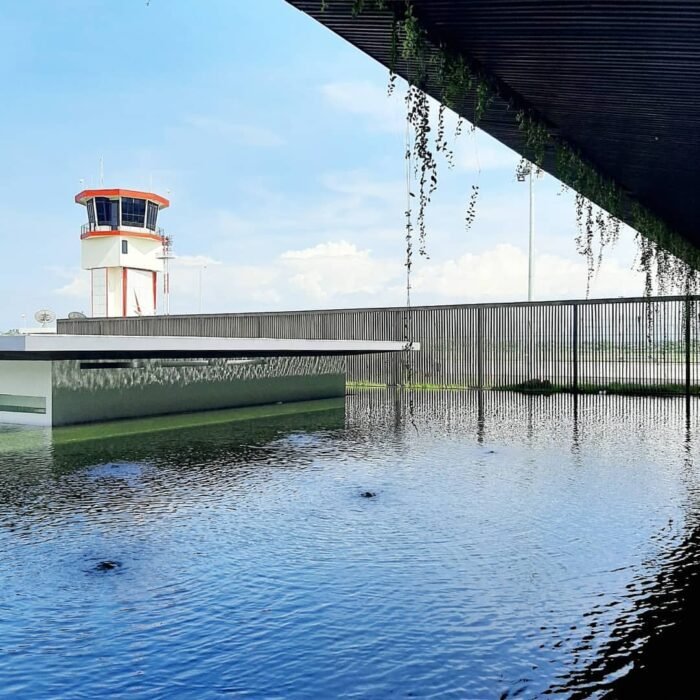
Instagram.com @rommel_atmadja
These innovative design and operational practices have earned Banyuwangi Airport prestigious awards, such as the Aga Khan Award for Architecture and Gold certification from the Green Building Council Indonesia. This makes Banyuwangi Airport the first airport in Indonesia to focus on environmental responsibility and energy efficiency.
A Rich History Rooted in Local Geography and Community
Banyuwangi Airport has a rich history and is closely linked to the local geography and community. The idea of an airport in Banyuwangi first appeared in the 1970s, when a runway was built in Glenmore District. At first, the district was used for sprayi ng pesticides on rice fields.
However, Glenmore’s location at the foot of Mount Raung was not suitable for commercial flights. The project was moved to the village of Blimbingsari, which is where the project got its name, Blimbingsari Airport. The construction of the airport was difficult because it was difficult to get the land and there were corruption scandals. It continued from 2004 to 2008.
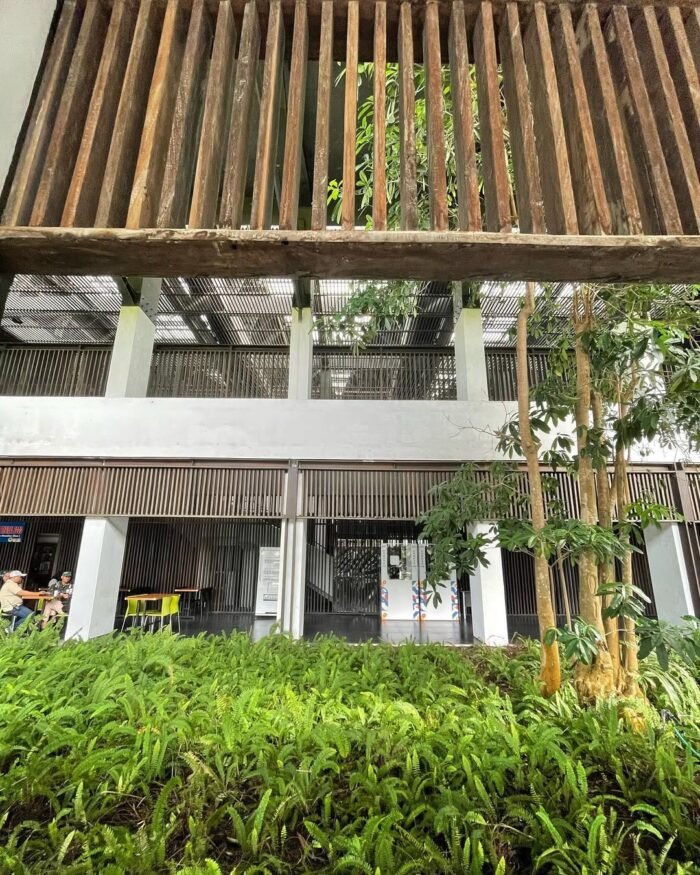
Instagram.com @diah.3293
The airport officially opened for commercial flights in December 2010. At first, the airport was called Blimbingsari Airport. Local leaders helped develop it, in line with Banyuwangi’s goals to become a popular cultural and tourism destination.In 2017, PT Angkasa Pura II took over management. Later, the airport was renamed Banyuwangi Airport. Today, Banyuwangi Airport is known for its sustainable and eco-friendly architecture that reflects the local Osing tribal culture and environmental values.
Architectural Design Inspired by Local Culture
The design of the Banyuwangi Airport passenger terminal honors the local Osing tribe, the first people to live in the Banyuwangi area. The designer is the famous architect Andra Matin, and the building was inaugurated in 2017. The terminal design is inspired by traditional Osing culture, particularly the headband known as udeng.
The airport’s distinctive sloping roof and open concept reflect this cultural symbolism. It shows local identity and pride, and it lets in natural light and air. They use local materials like ironwood and a green roof design to show how sustainability and regional heritage are connected.
Banyuwangi Airport is another example of modern infrastructure that respects and promotes cultural identity. This green airport is unique because it combines modern functionality with the rich architectural traditions of the Osing community. Banyuwangi Airport is a welcoming gateway that celebrates local culture on a global scale.
Continuous Expansion to Accommodate Growing Demand and Larger Aircraft
Since its establishment, Banyuwangi Airport has undergone continuous expansion to suit growing demand and larger aircraft. Initially, the runway was only 900 meters long and 23 meters wide. The area was suitable mainly for small propeller-engined aircraft.
Over time, the runway was gradually extended to 1,400 meters, then 1,800 meters, and is now 2,500 meters long and 45 meters wide. This significant upgrade allows Banyuwangi Airport to handle larger narrow-body jet aircraft, such as the Boeing 737 and Airbus A320 models. As such, the airport’s connectivity with major domestic destinations has increased.
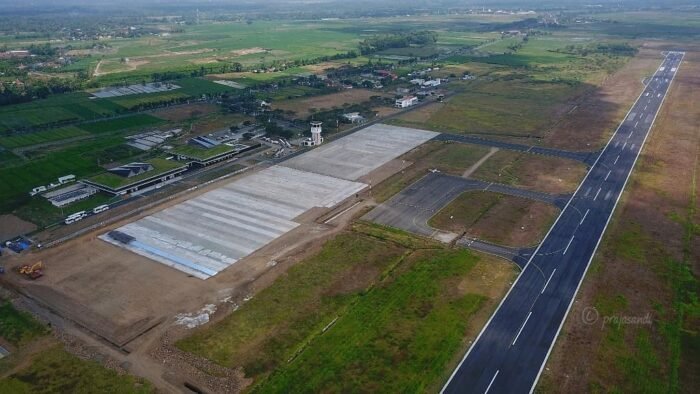
Instagram.com @pradja.sandi
Along with the runway expansion, the apron and parking area were also expanded to accommodate more aircraft and ground vehicles. This development is in line with Banyuwangi Airport’s strategic goal to develop into an international low-cost airline hub. This will certainly boost tourism and economic growth in the Banyuwangi region as it makes it more accessible for travelers and airlines alike.
A Key Access Point to Local Tourist Attractions
Banyuwangi Airport is the main airport for some of Indonesia’s most popular natural destinations. It offers easy connections to take travelers directly to the region’s beautiful natural landscapes.
From the airport, visitors can reach the Mount Ijen Complex, famous for its blue flames and historic sulfur mining. Visitors can also explore the vast Alas Purwo National Park. The park has many different kinds of animals and beaches that have not been touched by people.
READ ALSO: Ijen Crater Tour from BANYUWANGI
Banyuwangi Airport not only serves the city of Banyuwangi, but also connects international and domestic travelers with a variety of outdoor adventures. You can go on a hike to the edge of the volcano’s crater in the morning, watch the shimmering sulfur flames at daybreak, spot wildlife, and enjoy the beach. The airport makes it easier to travel and attracts more visitors.
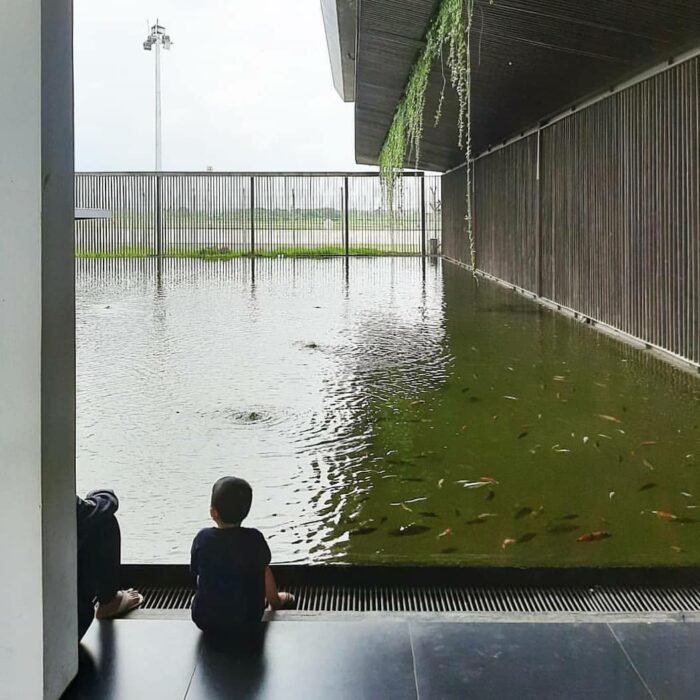
Instagram.com @rommel_atmadja
By improving accessibility, the airport supports local businesses, tour guides, and conservation initiatives. This will help the local economy grow and support sustainable tourism in the region. As more and more people want to visit the area, Banyuwangi Airport is important for developing the region’s travel infrastructure and visitor experience.
Banyuwangi Airport: More Than Just A Getaway
Banyuwangi Airport is a great example of green architecture, cultural richness, and strategic growth. It is changing the face of Indonesia’s aviation industry. Banyuwangi Airport is more than just a place for planes to take off and land. It is a place where nature, tradition, and modern buildings come together. The airport is very important for tourism and regional development. It connects East Java with the rest of Indonesia and the world.
Banyuwangi Airport is a great place for travelers exploring eastern Indonesia. It offers an experience that is as rich and inspiring as the destination it serves. The airport is more than just a stopover. It’s a symbol of progress and a shared heritage.